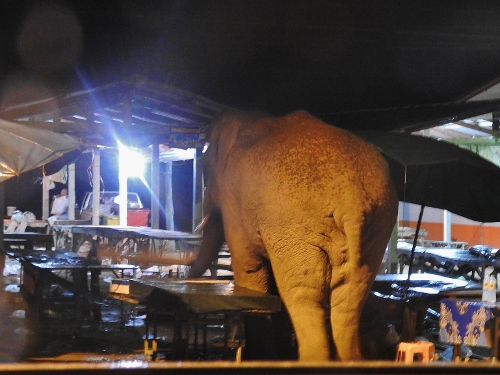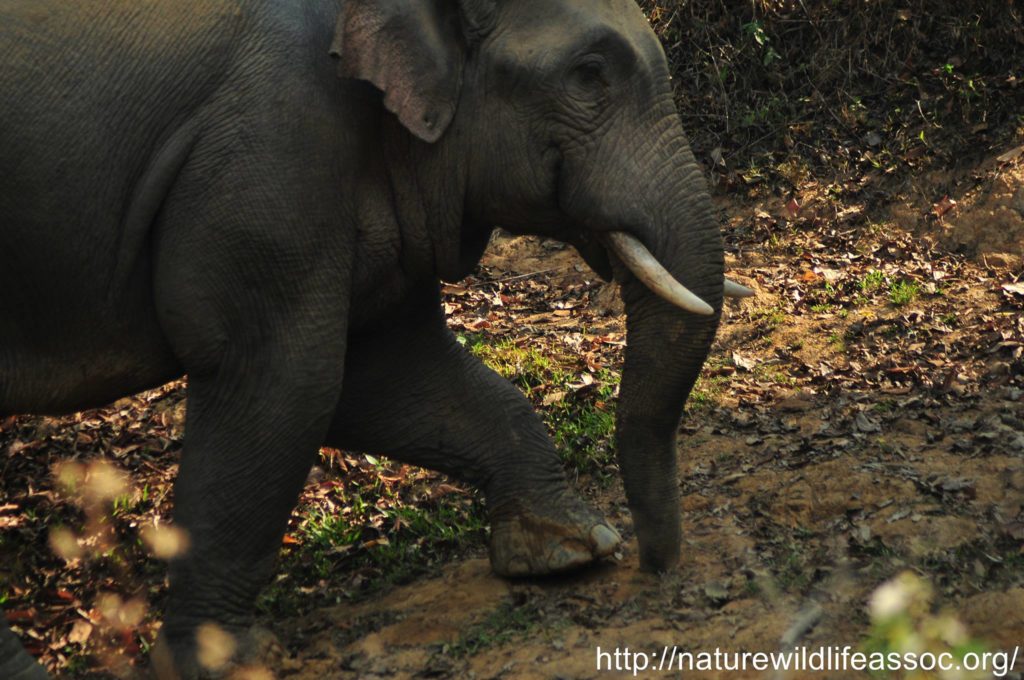Human Elephant Conflict mitigation going wrong?
As HEC throughout Asia is on the rise, mitigation seems to have failed.
Today HEC mitigation methods almost entirely focus on reducing the human elephant conflict impact on humans.
This has proven to be unsuccessful!
There is not a single instance where deterrents have stopped HEC!
A change of direction is urgently needed! Focus has to be on the elephants needs.
Elephant habitat has to be managed and improved to meet elephants needs:
Food
Water
Security
This means habitat improvement by adding and maintaining grasslands close to permanent water sources as Asian elephants eat mostly grass.
Any human activity inside the protected areas has to be minimized to avoid disturbing wildlife.
Andy Merk, Nani Fouad August 3. 2017


“Today HEC mitigation methods almost entirely focus on reducing the human elephant conflict impact on humans” – Is this really true?
There are two parties involved in HEC – Elephants and People. Are we not forgetting that the entire conservation effort is focused on elephants? 1) Specific national Laws/legislation to conserve elephants, not forgetting international agreements like CITES 2) Securing habitat by way of establishing PAs and protecting other non-PA forest habitats 3) Habitat management and improvement 4) Protection of elephants with laws that protect them even when they are raiding crops, damaging houses 4) Most wildlife staff (and forest staff) and infrastructure are directly or indirectly targeted at protecting elephants, their habitat and habitat management 5) Most of the funds available to wildlife and forest departments are focused on these activities (through salaries and actions). Additionally in most countries rural and tribal development schemes. education support, health support, micro-economic support, agricultural/animal husbandry support, infrastructure, etc. are focused on improving the socio-economic status of rural communities which if successful will reduce anthropogenic pressure on elephant habitats and thus indirectly support elephants. What do we have for people (impacted by HEC) that is directly targeted at them and not elephants 1) Compensation in some countries and it is always a fraction of the crop loss or damage 2) Support in terms of barriers, which in turn often are beneficial to elephants also as they do stop intrusion of people/cattle into forests 3) A few staff diverted from their normal conservation duties to do elephant drives (because in most cases we do not have dedicated staff for elephant drives). Yes every one of these actions in conservation and HEC mitigation have problems because 1) Lack of sound scientific approaches and the ability to address issues pragmatically 2) Poor management skills and capacity 3) Countries lacking resources/funds for conservation/HEC management 4) Apathy 5) Corruption. These impacts both sides of the issue and do not help in either conservation nor HEC mitigation. The first is the most important because if we do not know what needs doing (sound science) then we are more than likely to fail as we may be doing the wrong thing and if we keep seeking impractical solutions (need for pragmatic approach) we will either not effective as the action cannot be implemented or because the action is not acceptable. It time to wake up to the reality that we are going nowhere and the reasons are not because elephants are at fault or people are at fault, nor is it because we focus too much on conflict and less on elephants. We need science to tell us what to do, we need money and capacity to implement it and, we need commitment and integrity to implement it effectively. – Ajay A. Desai
well said